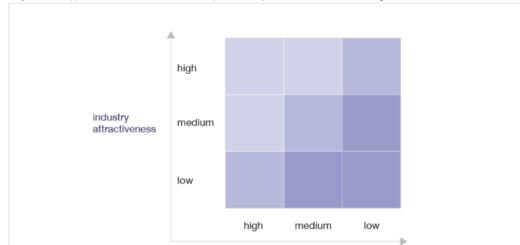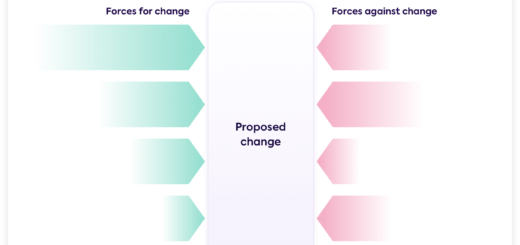Formal “Work Plan” to Set Out Performance Standards
A work plan is an essential tool for any manager or supervisor to ensure that their employees have a clear understanding of their responsibilities, goals, and expectations. Here are some components that could be included in a work plan:
- Daily Duties: The work plan should outline the daily duties and tasks that the employee is expected to complete, especially during their first week. These should be specific, measurable, achievable, relevant, and time-bound (SMART) to ensure that the employee knows exactly what is expected of them. For example, this might include checking and responding to emails, attending team meetings, and completing a specific project or task.
- Expected Output/Measurement: To measure the employee’s performance on their daily duties, the work plan should include specific metrics and deadlines. This could include the number of emails responded to per day, the completion time for specific tasks, or the number of meetings attended. These metrics should be clearly communicated to the employee, so they understand how their performance will be evaluated.
- Support Required: The work plan should identify any support the employee needs to complete their tasks successfully. This could include access to relevant contacts, training, policies and procedures, and access to relevant systems. By providing the necessary resources, the employee will feel supported and confident in completing their tasks.
- Worker’s Goals: The work plan should also take into account the employee’s career aspirations and goals. This could include identifying the skills and experiences they need to achieve their goals, and how the organization can support them in reaching these goals. By aligning the employee’s goals with the organization’s goals, the employee will feel valued and motivated to perform well.
In summary, a work plan should provide the employee with clear expectations, support, and resources to complete their tasks successfully. It should also take into account the employee’s career aspirations and goals, ensuring that they feel valued and motivated in their role.




I am perpetually thought about this, appreciate it for posting.
Would you be excited by exchanging links?